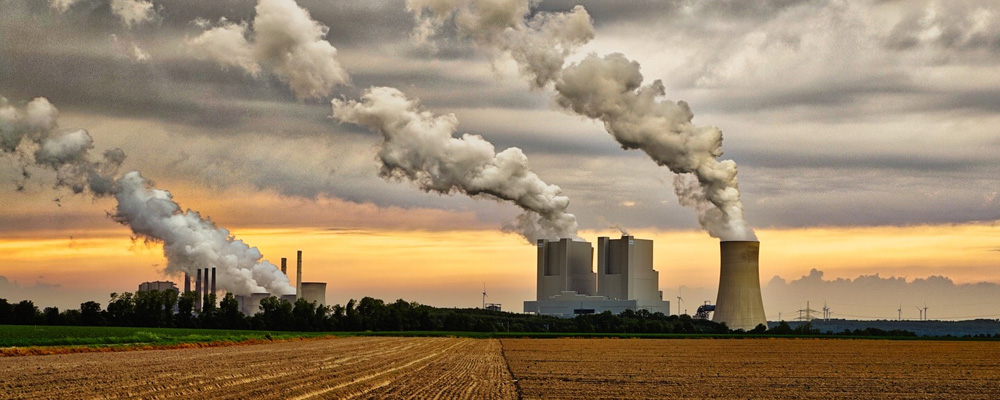Coal is one of the most abundant fossil fuels in the world, and is commonly used as the energy source in thermal power stations. The fuel’s low cost and high availability has resulted in 40% of the world’s power getting generated from coal.
Unfortunately for our society, coal also produces a lot of pollution when burned. In order to produce one GWh of power, coal roughly produces:
- 709,898 lbs (322 metric tonnes) of carbon dioxide
- 709 lbs of carbon monoxide
- 9,365 lbs of pollution particulates
There are different varieties of coal, and some of them have even higher pollution values than the number listed above. Due to the high pollution potential of coal, many governments around the world have encouraged phasing out coal power plants.

Mining Coal
One great example of phasing out coal power can be seen in Canada. The Canadian federal regulations set tough performance standard for both new coal power plants as well as those that have reached the end of their life. The performance standard for these coal power plants is set at 420 metric tonnes of carbon dioxide per gigawatt hour (CO2/GWh).
You might have noticed that the 420 metric tones of CO2/GWh is actually higher than the CO2 emissions of coal mentioned earlier in the article. This is because the listed CO2 limit in the regulation also accounts for the following that usually occur in a coal power plant:
- CO2 emissions released from the use of sorbent
- Coal gasification systems
According to the National Renewable Energy Laboratory, a fluidized-bed coal power plant can produce almost 1000 metric tonnes of CO2 / GWh (purely from fuel combustion of the various processes).

Coal Power Plant
The goal of the Canadian federal regulation is to essentially make it more expensive for utility companies to generate power using coal as they will likely have to implement some sort of carbon capture and storage (CCS) in order to meet the mandated performance standards.
The Canadian federal government hopes that these regulations will help eliminate the use of coal power plants by 2030.
In a more direct approach, the Canadian province of Ontario has outright banned coal power plants. Ontario’s “Ending Coal for Cleaner Air Act” forbids new and existing facilities from burning coal for the purpose of producing power.

The United States started aggressively phasing out coal during the Obama administration
Direct regulations in the United States have also had a dramatic effect on phasing out coal. During the Obama administration, regulations limiting carbon emissions to 453 metric tonnes of CO2/GWh of electricity produced severely decelerated the construction of new coal power plants. In 2007, over 150 new coal power plants were planned for construction in the United States. By 2012, there were only 15 new coal power plants slated for construction.
A big question for countries that decide to phase out coal is how to replace the power generation gap. Most have opted to replace coal power plants with natural gas power plants as natural gas burns much cleaner than coal. To generate the same amount of energy, natural gas only produces 56% of the CO2 that coal does. Furthermore, natural gas only emits 20% the NOx and .03% of the SO2 when compared with coal.
Utility companies are also turning to renewable technology such as solar panels to bridge the energy gap.
In addition to phasing out coal, we also need to consider an “All of the Above” approach to decarbonize our energy infrastructure.
